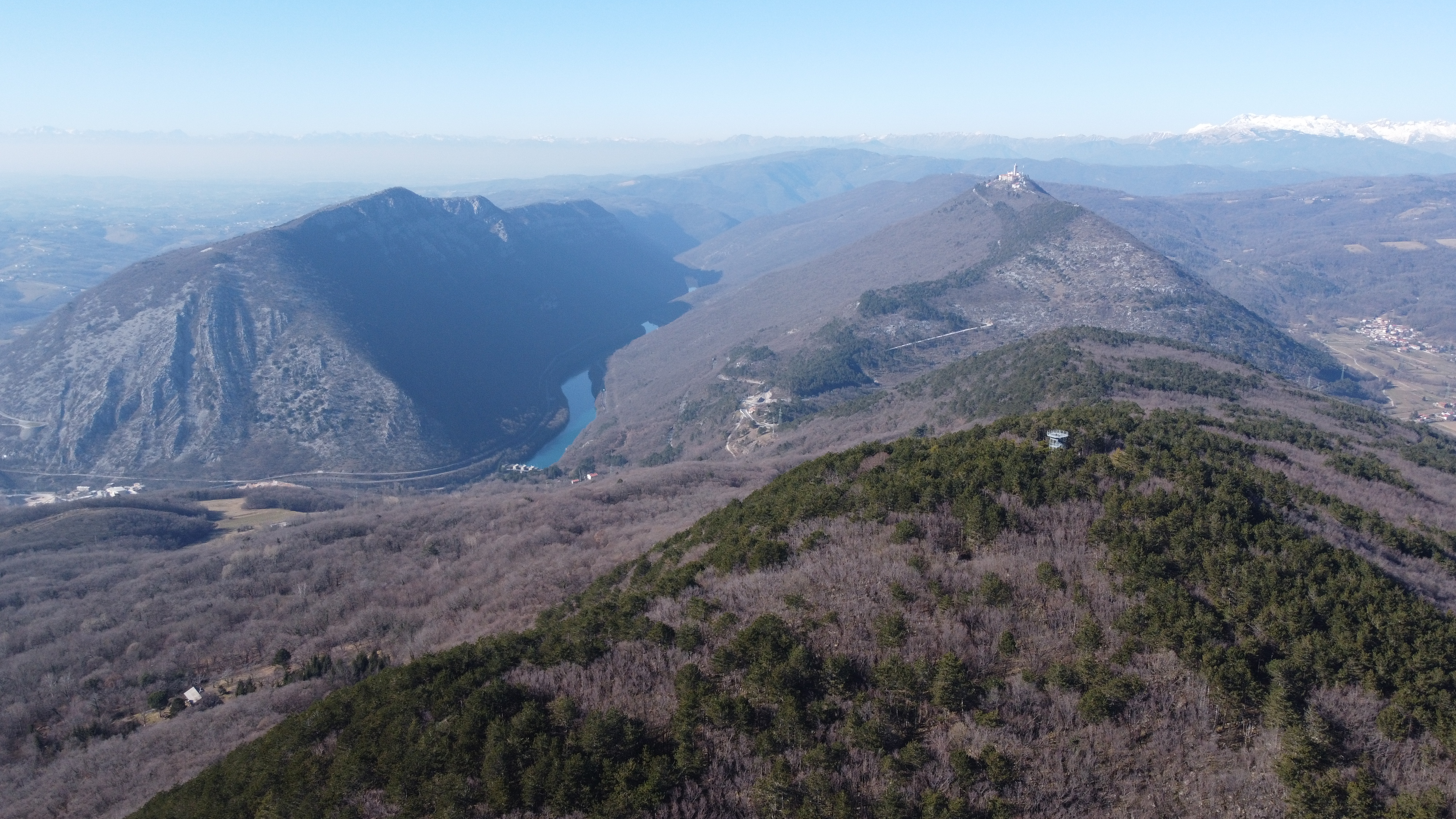Sabotin: A Hill of Tumultuous History and Natural Beauty
Rising 609 meters above Nova Gorica and the emerald Soča River, Sabotin is more than just a hill; it is a monumental guardian of history and a sanctuary of nature. Its ridge, which forms the border between Slovenia and Italy, offers breathtaking panoramic views of the Julian Alps, the Vipava Valley, and the Friuli lowlands all the way to the Adriatic Sea. Today, the Sabotin Peace Park stands as a popular destination for hikers and history enthusiasts, but its serene slopes hide the deep scars of Europe's most turbulent conflicts.
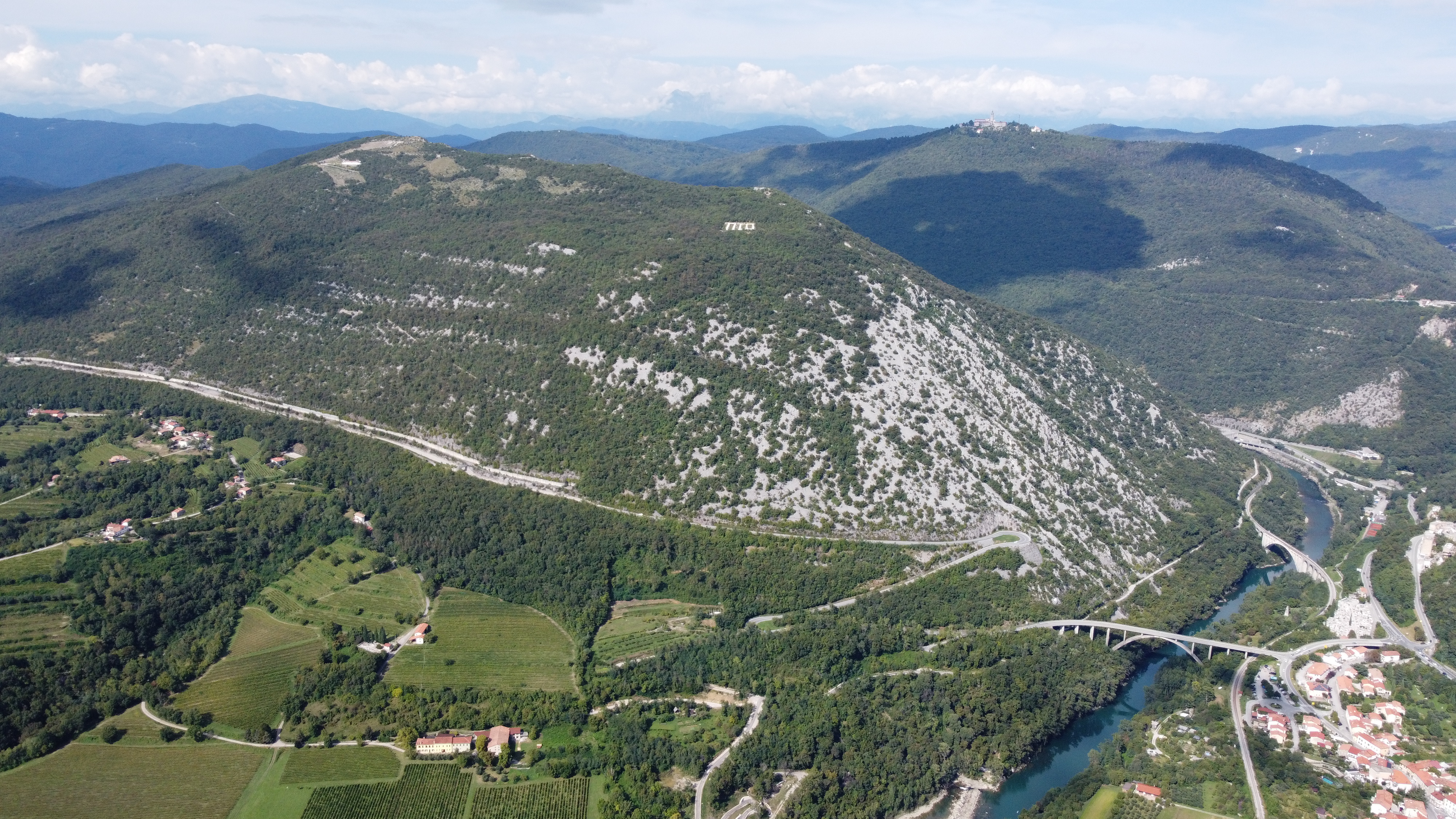
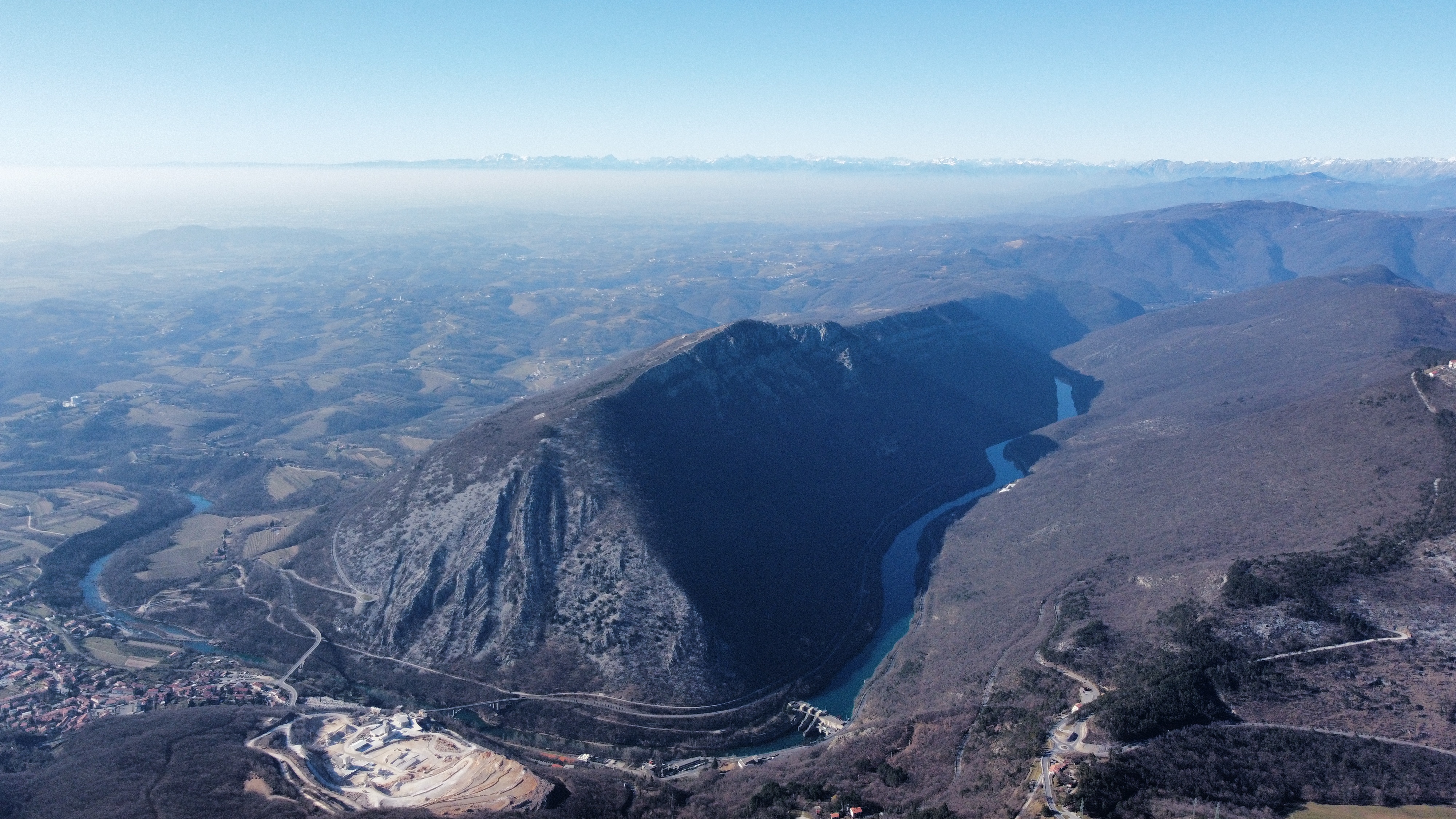
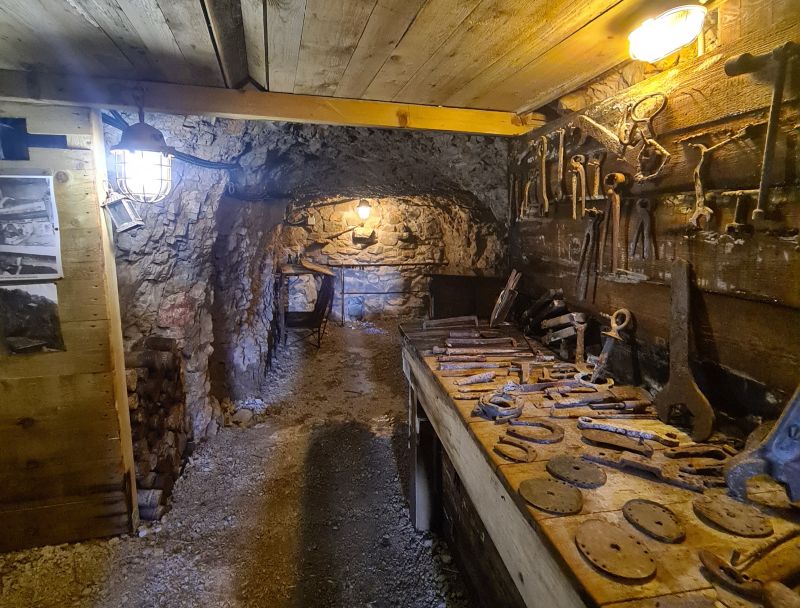
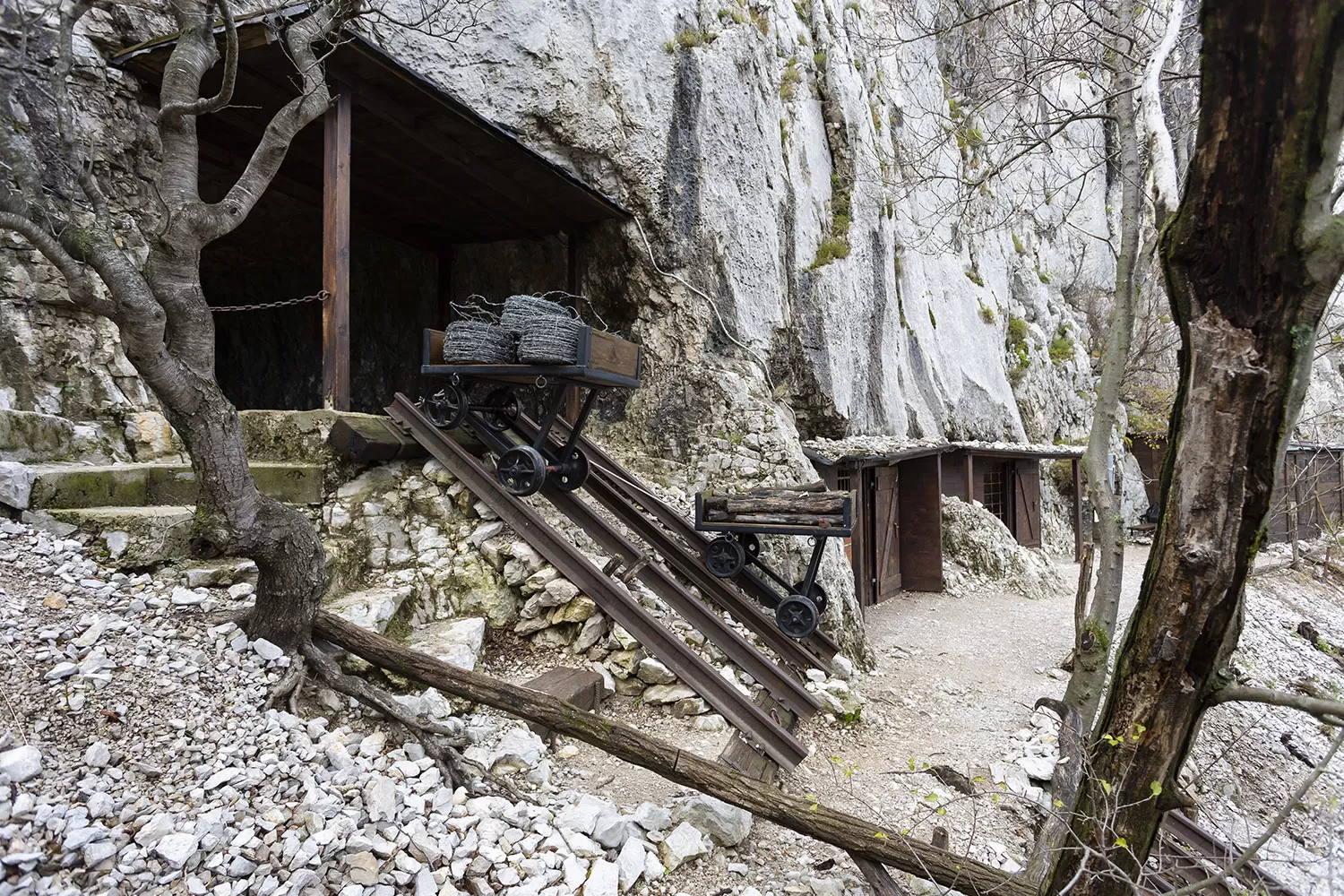
The Isonzo Front: A Mountain Carved by War
During World War I, Sabotin's strategic position made it a crucial stronghold for the Austro-Hungarian army in the defense of Gorizia during the infamous Battles of the Isonzo. The entire hill is honeycombed with an extensive system of trenches, caverns, and tunnels carved into the rock by soldiers from both the Austro-Hungarian and Italian armies. In the Sixth Battle of the Isonzo in August 1916, after fierce fighting, Italian troops conquered the mountain. Today, this vast network of fortifications serves as a powerful open-air museum and a stark reminder of the futility of war.
A Cold War Border and a Symbol of Division
After World War II, a new chapter of division was written on Sabotin's slopes. The border between Italy and Yugoslavia was drawn directly along its narrow ridge, making the hill a heavily guarded frontier. Border markers, bunkers, and a Yugoslav guardhouse, which still stand today, are silent witnesses to the Cold War era. For decades, the hill was only partially accessible. A famous inscription, "Naš Tito" ("Our Tito"), was once carved into the mountainside, visible from afar as a political statement.
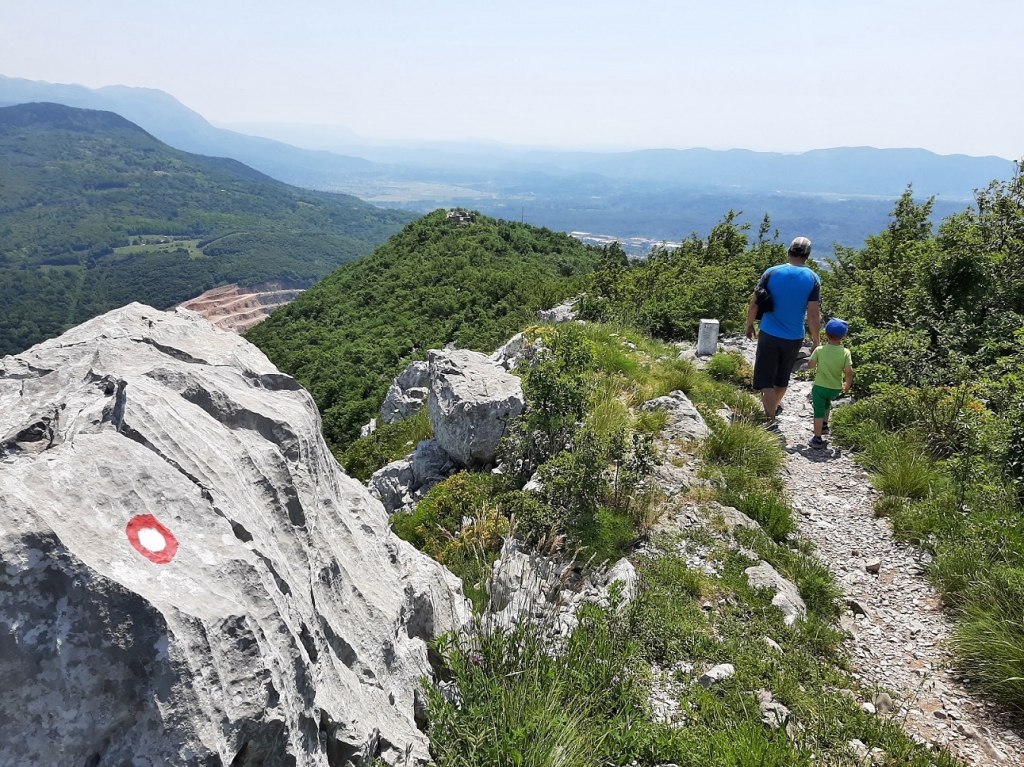
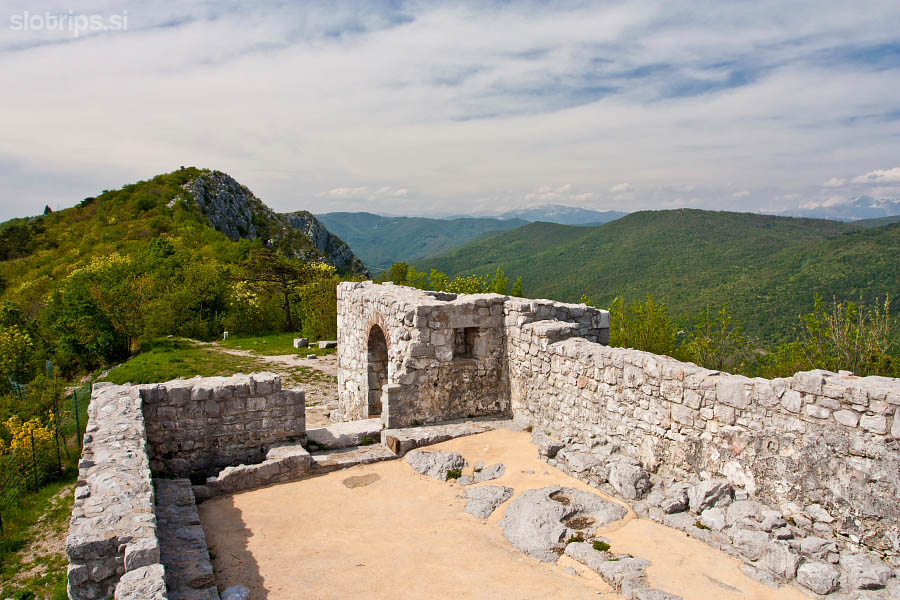
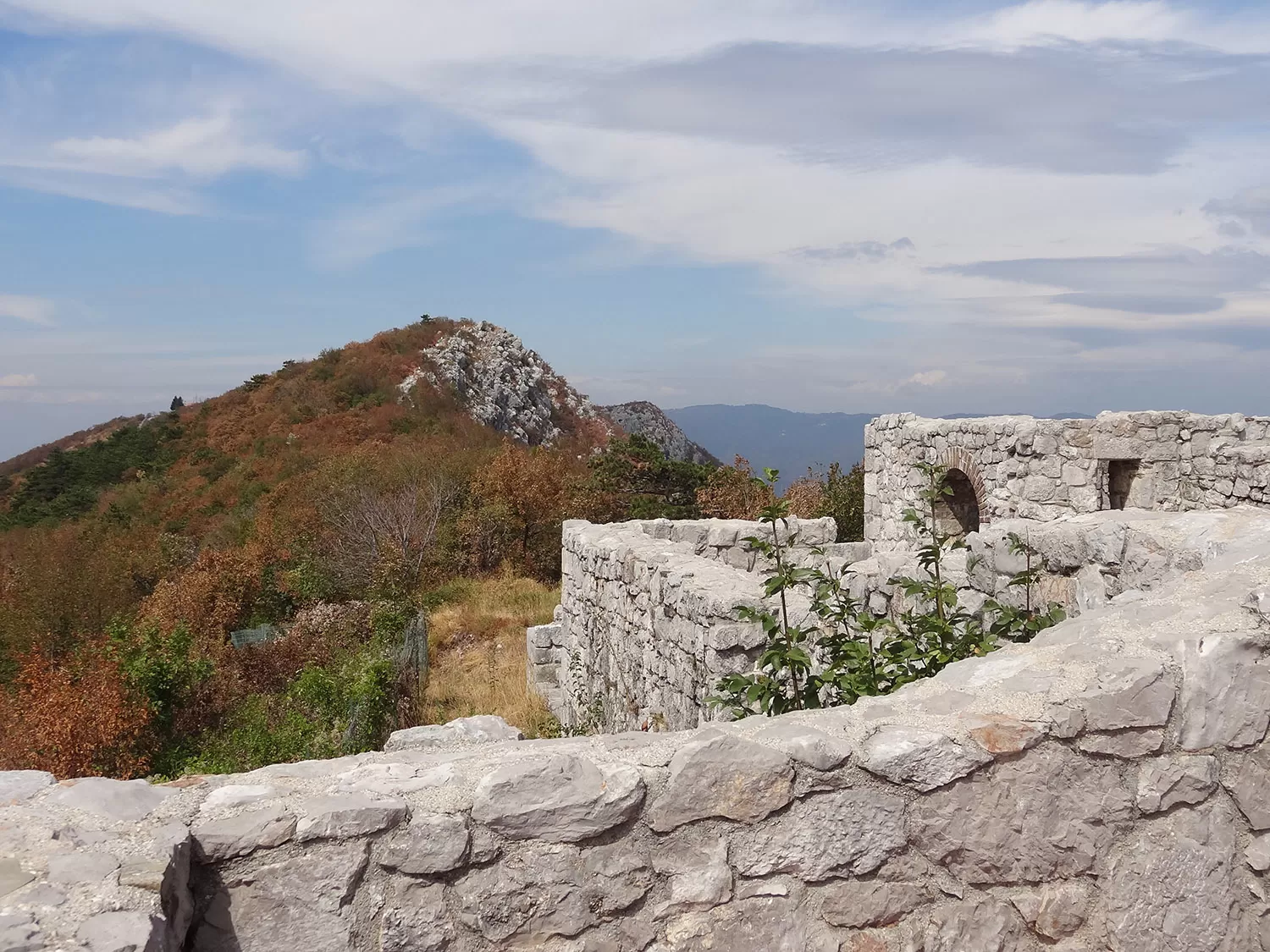
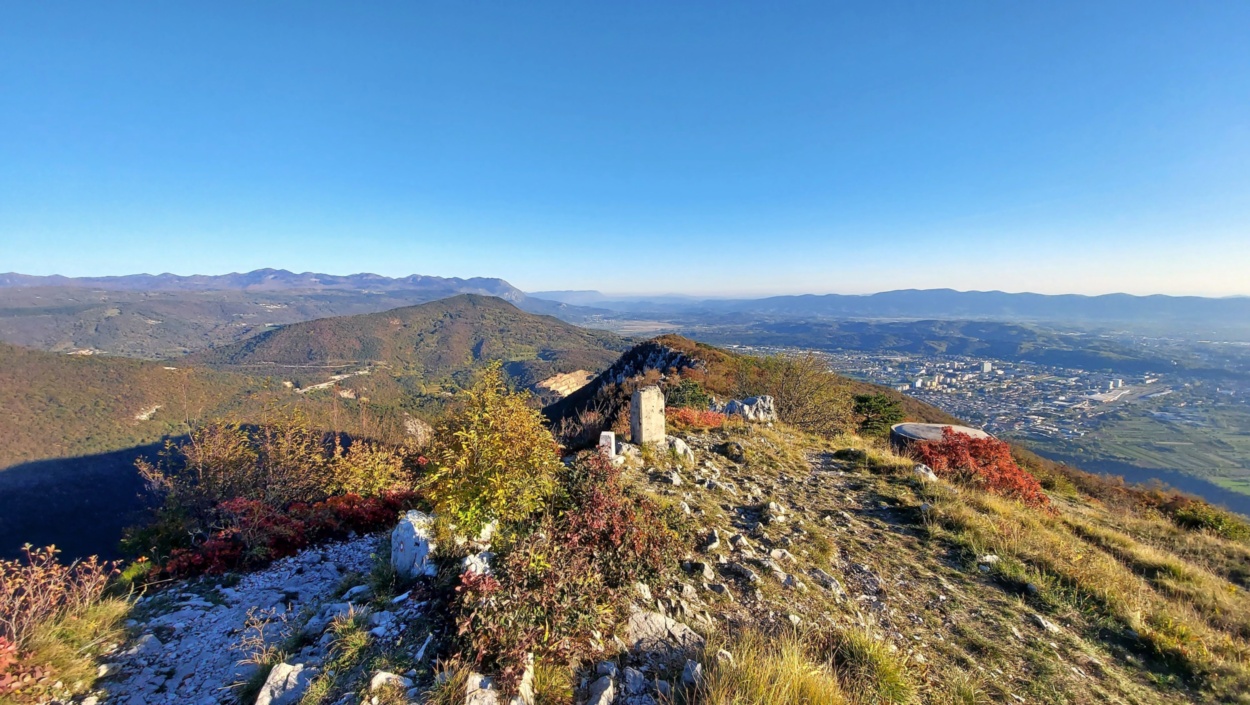
A Crossroads of Nature and Ancient Paths
Sabotin is a unique meeting point for three major European bio-geographic regions: the Dinaric, the sub-Mediterranean, and the sub-Alpine. This convergence creates a rich and diverse habitat for flora, with some plant species reaching the limits of their biotic zones here. The hill is also an important corridor for rare birds. Along the ridge, hikers can discover the restored ruins of the 14th-century Church of St. Valentine, a testament to the hill's long history that predates the world wars.
The Sabotin Peace Park: A Message of Coexistence
Following Slovenia's independence, Sabotin was transformed into the "Park of Peace," dedicated to promoting harmony and reflecting on the past. The former Yugoslav guardhouse now hosts a visitor center and a museum collection dedicated to World War I, the Isonzo Front, and the war for Slovenian independence. Visitors can take guided tours of the caverns and explore the numerous hiking and cycling trails that crisscross the mountain. As a key stop on the Walk of Peace from the Alps to the Adriatic, Sabotin now sends a powerful message of peaceful coexistence among nations.
